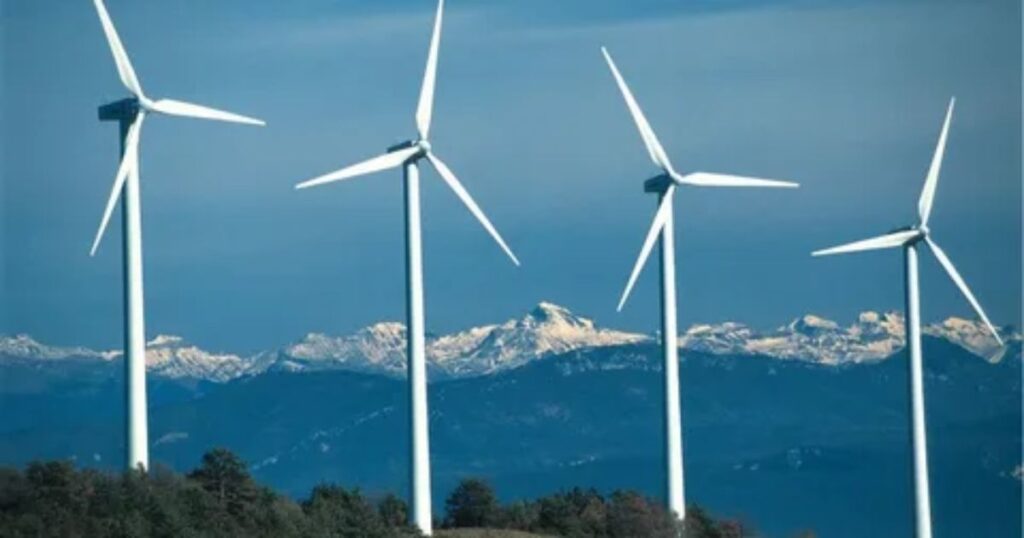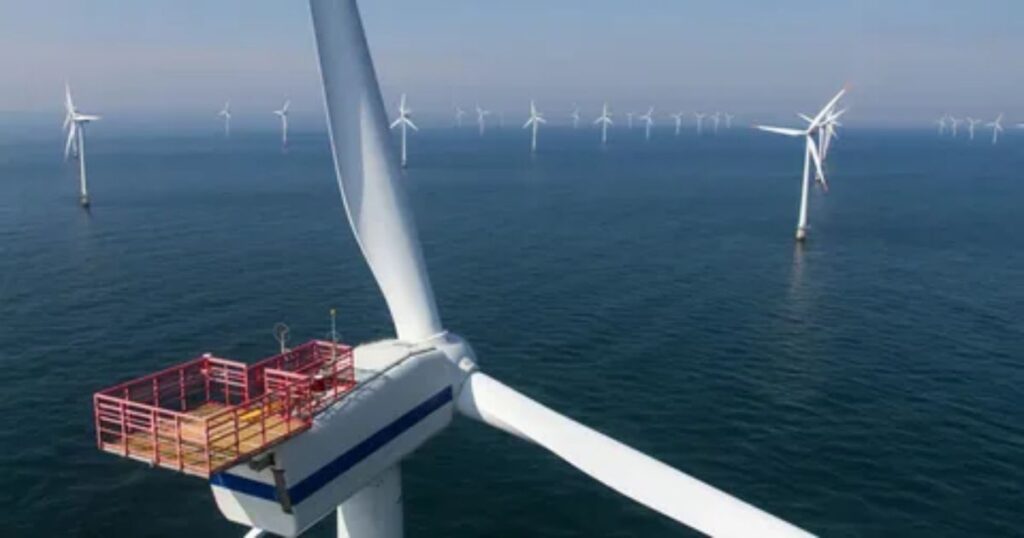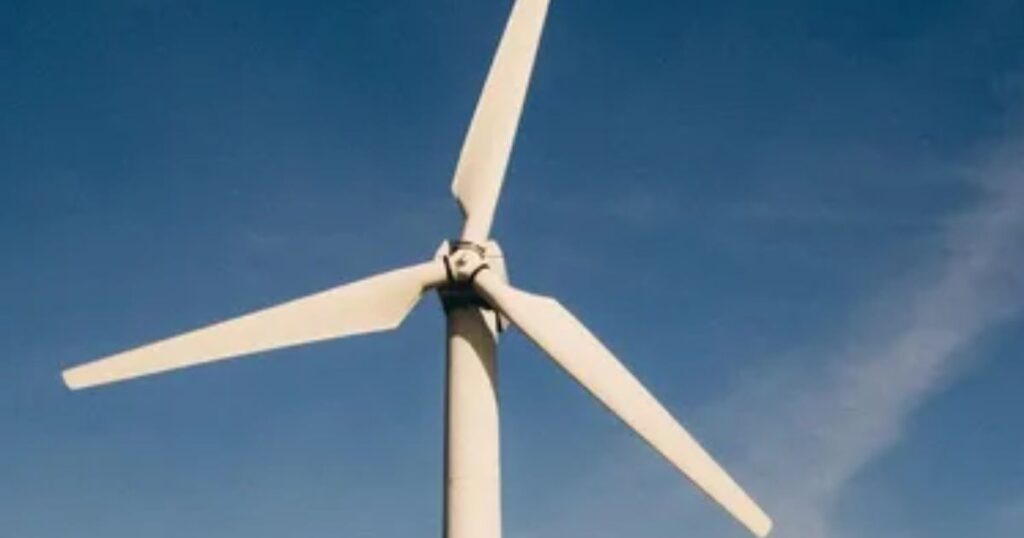The shift towards renewable energy has gained momentum in recent years, driven by growing environmental concerns and the need for sustainable energy solutions. Wind power has emerged as one of the most promising alternatives to fossil fuels, and its global adoption continues to accelerate. But who exactly is investing in wind power projects. This article delves into the diverse range of investors in the wind energy sector, examining their motivations, the trends shaping their investments, and the future outlook for wind power investments.
Utilities are another significant group of investors in wind power projects. These companies are responsible for generating and distributing electricity and are increasingly turning to wind power to meet growing demand for clean energy. Many utilities are building their own wind farms or entering into partnerships with other investors to finance these projects. They often enter into PPAs with wind farms, guaranteeing a market for the electricity generated.
Development banks often work in partnership with governments and private sector investors to co-finance wind power projects. Their involvement helps to reduce the risk for other investors, making it easier to attract private capital to projects in challenging markets.
Government Agencies Invest in Wind Power
The primary drivers behind wind power projects are often government agencies, both at national and local levels. It is the government’s role to set energy policies and regulations that encourage the adoption of renewable energy. In many countries, governments have introduced subsidies, tax incentives, and grants to make wind power projects more financially viable. These incentives lower the barriers to entry for other investors and stimulate the growth of the wind energy sector.
Government agencies also invest directly in wind power projects work through state-owned enterprises or public-private partnerships. These investments aim to reduce the carbon footprint of energy production, enhance energy security, and meet international commitments to reduce greenhouse gas emissions. In countries like Denmark and Germany, government initiatives have been instrumental in making wind energy a significant part of the national energy mix.
Utility Companies Invest in Wind Power

Utility companies, traditionally reliant on fossil fuels, are increasingly investing in wind power as part of their energy portfolio diversification strategies. It is essential for these companies to adapt to the global transition towards renewable energy to remain competitive. By investing in wind power, utility companies not only reduce their carbon emissions but also secure long-term energy supplies at stable costs.
Utility companies are often involved in the development, construction, and operation of wind farms. They may either invest directly or partner with other companies to share the financial risk. In recent years, several major utility companies have made significant investments in offshore wind projects, particularly in Europe and the United States. These projects represent a substantial capital investment but offer the potential for high returns due to the consistent and predictable nature of wind energy.
Private Equity Firms Invest in Wind Power
Private equity firms have increasingly turned their attention to wind power projects, attracted by the potential for high returns on investment. It is common for these firms to acquire stakes in existing wind farms or to finance new projects from the ground up. Private equity investments in wind energy are often structured as long-term commitments, with firms looking to profit from the stable cash flows generated by the sale of electricity over the life of the wind farm.
These firms are drawn to the wind power sector due to its relatively low operational risks and the growing global demand for clean energy. Additionally, private equity firms can leverage their expertise in project management and finance to enhance the profitability of wind power investments. The involvement of private equity in wind power is particularly pronounced in markets where government support and favorable regulatory frameworks create a conducive environment for renewable energy investments.
The Institutional Investors invest On Wind Power
Institutional investors, such as pension funds, insurance companies, and sovereign wealth funds, have become significant players in the wind power sector. These investors are typically drawn to wind power projects because of their potential to deliver steady, long-term returns with relatively low risk. Wind farms offer institutional investors an opportunity to diversify their portfolios and hedge against the volatility of traditional energy markets.
It is common for institutional investors to participate in wind power projects through direct investments, co-investments, or by investing in funds that specialize in renewable energy. The long-term nature of wind power investments aligns well with the investment horizons of institutional investors, making wind power an attractive asset class. In recent years, there has been a noticeable increase in institutional investments in both onshore and offshore wind projects, particularly in Europe and North America.
Corporate Investors Also Invest In Wind Power

Corporate investors, including large multinational corporations and tech companies, are increasingly investing in wind power projects as part of their sustainability initiatives. It is becoming more common for companies to commit to sourcing a significant portion of their energy from renewable sources, and wind power often plays a central role in these commitments.
Companies invest in wind power through direct ownership of wind farms, power purchase agreements (PPAs), or by purchasing renewable energy credits (RECs). These investments not only help companies reduce their carbon footprint but also enhance their reputation as environmentally responsible businesses. Furthermore, by securing long-term access to renewable energy at predictable costs, companies can protect themselves from energy price fluctuations and regulatory changes.
Banks And Financial Institutions invest In Wind Power Projects
Banks and financial institutions are crucial players in the financing of wind power projects. It is the role of these institutions to provide the necessary capital for the development and construction of wind farms, which often require significant upfront investments. Banks may offer a range of financing options, including loans, bonds, and project financing, tailored to the specific needs of wind power developers.
The involvement of banks in wind power financing is supported by the relatively low risk associated with these projects, particularly when backed by government guarantees or long-term power purchase agreements. As the demand for renewable energy grows, banks are increasingly incorporating wind power into their sustainable finance strategies. This trend is particularly evident in Europe, where green bonds and other sustainable finance instruments have become popular for funding wind power projects.
Venture Capital Firms Invest in Wind Power
Venture capital (VC) firms are also playing a growing role in the wind power sector, particularly in funding innovative technologies and startups. It is through venture capital that many of the cutting-edge advancements in wind energy, such as new turbine designs, energy storage solutions, and smart grid technologies, are brought to market.
Venture capital investments in wind power are typically high-risk but offer the potential for high rewards if the innovations prove successful. These investments are crucial for driving the technological advancements needed to make wind energy more efficient and cost-effective. In addition to funding startups, VC firms may also invest in established companies that are developing new technologies to enhance the performance and scalability of wind power.
International Organizations Also Invest In Wind Power
International organizations and development banks, such as the World Bank and the Asian Development Bank, play a vital role in promoting wind power projects in developing countries. It is the mission of these organizations to support the transition to sustainable energy sources and to help countries achieve their climate goals.
These organizations often provide funding, technical assistance, and policy advice to governments and private sector entities involved in wind power projects. Their investments are crucial for overcoming the financial and technical barriers that may hinder the development of wind power in emerging markets. By supporting wind power projects, international organizations and development banks contribute to global efforts to reduce carbon emissions and enhance energy security.
Community And Crowdfunding Invest In Wind Power

In addition to traditional investors, community groups and individual investors are increasingly participating in wind power projects through community-based initiatives and crowdfunding platforms. It is through these channels that local communities can take an active role in the development of wind power projects, ensuring that the benefits are shared more equitably.
Community-owned wind farms allow residents to invest directly in renewable energy projects, often resulting in lower electricity costs and a greater sense of ownership over local energy resources. Crowdfunding platforms have also emerged as a popular way for individuals to invest in wind power projects, providing a means for small-scale investors to participate in the renewable energy transition.
Frequently Asked Questions
What are the main types of investors in wind power projects?
The main types of investors in wind power projects include government agencies, utility companies, private equity firms, institutional investors, corporate investors, banks and financial institutions, venture capital firms, international organizations, and community groups.
Why are utility companies investing in wind power?
Utility companies invest in wind power to diversify their energy portfolios, reduce carbon emissions, and secure long-term energy supplies at stable costs. These investments help them remain competitive in the transitioning energy market.
How do private equity firms benefit from investing in wind energy?
Private equity firms benefit from investing in wind energy by securing long-term returns from the stable cash flows generated by wind farms. These investments also offer relatively low operational risks and align with the growing demand for renewable energy.
What role do international organizations play in wind power investment?
International organizations and development banks promote wind power projects in developing countries by providing funding, technical assistance, and policy advice. Their investments help overcome financial and technical barriers, contributing to global efforts to reduce carbon emissions.
Conclusion
The investment landscape for wind power projects is diverse and continues to evolve as the global demand for clean energy grows. From government agencies and utility companies to private equity firms and community groups, a wide range of investors are playing a crucial role in the expansion of wind energy.
Their collective efforts are not only driving the transition to a more sustainable energy future but also creating new opportunities for innovation and economic growth. As wind power technology continues to advance and become more cost-effective. The range of investors in this sector is likely to expand further ensuring that wind energy remains a cornerstone of the global renewable energy landscape.
